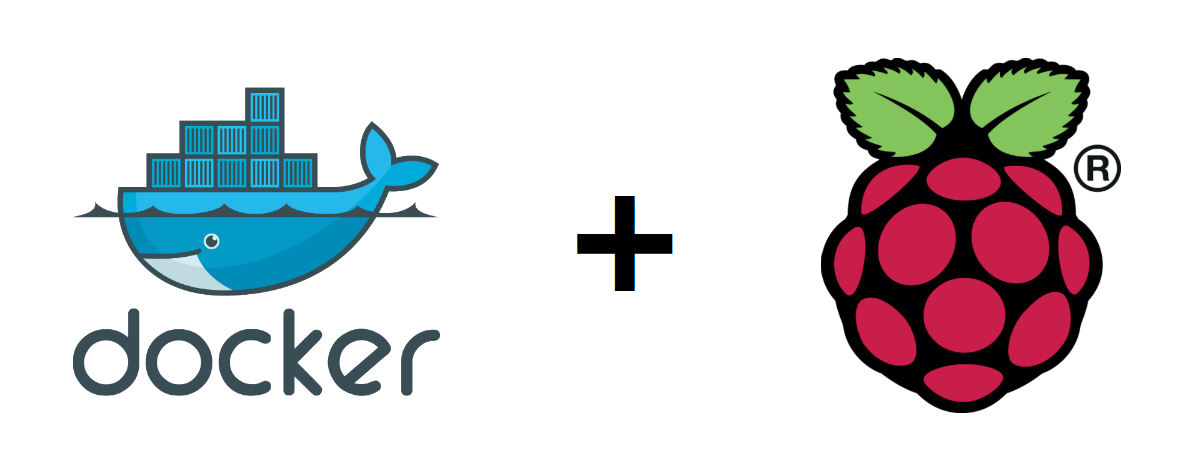Setup Docker and Docker Compose on a Raspberry Pi
Introduction
This post will show you how to install Docker and Docker-Compose on a clean Raspberry Pi:
dockercli is typically used to manage individual containersdocker-composecli on the other hand is used to manage multi-container applications
Full definition of Docker Compose:
Compose is a tool for defining and running multi-container Docker applications. With Compose, you use a YAML file to configure your application’s services. Then, with a single command, you create and start all the services from your configuration.

Raspberry Pi OS setup
O/S installation
Refer to the official 📖 Raspberry Pi documentation which goes through all required steps to get your RPi up & running. I’ll quickly summarize the steps which I’ve gone through.
- Download & install Raspberry Pi Imager
- Select Raspberry Pi OS (32-bit) Lite if you’ll be running a headless install. Alternatively, use the “Full” version if you want the desktop version.
- Add an empty
sshfile to the root of SD card. This enables SSH on first boot. - Connect via SSH using the default credentials:
- user:
pi - password:
raspberry
- user:
Upgrade packages
By now you should’ve successfully connected to your RPi via SSH. Next up, we’ll update our packages:
Update package list:
sudo apt update
Check which packages can be upgraded:
apt list --upgradable
Upgrade installed packages to latest version:
sudo apt full-upgrade
Docker installation
Docker itself provides a so called convenience script which automatically detects your distribution and takes care of all dependencies for you. Before blindly downloading & running it, have a 🕵 look at what’s inside here. These are the steps I used to install Docker:
Download Docker’s install script:
curl -fsSL https://get.docker.com -o get-docker.sh
Run it 🚀 and let it work its magic:
sudo sh get-docker.sh
We won’t be needing this script anymore, so delete it:
rm get-docker.sh
Add non-root user to the Docker group
In order to run Docker commands without adding sudo to all your commands, we’ll add the current user to the docker security group.
This will add the pi user to the dockergroup:
sudo usermod -aG docker pi
We’ll have to logout and log back in before this will actually work, so type:
logout
Verify Docker install
Show the Docker version information:
docker version
Run a test container:
docker run hello-world
This should output something similar:
...
Hello from Docker!
This message shows that your installation appears to be working correctly.
To generate this message, Docker took the following steps:
1. The Docker client contacted the Docker daemon.
2. The Docker daemon pulled the "hello-world" image from the Docker Hub.
(amd64)
3. The Docker daemon created a new container from that image which runs the
executable that produces the output you are currently reading.
4. The Docker daemon streamed that output to the Docker client, which sent it
to your terminal.
...
Remove the image:
docker image rm hello-world
Docker Compose install
Installing docker-compose using the apt package manager will fail as Raspberry Pi’s arm architecture is currently (August 2020) not supported 🤷♂.
If you do feel brave and try using apt-get, you’ll most likely end up with the following error when you try running docker-compose:
/usr/local/bin/docker-compose: line 1: Not: command not found
Use the below pip installation method instead:
sudo apt-get install -y libffi-dev libssl-dev
sudo apt-get install -y python3 python3-pip
sudo apt-get remove python-configparser
sudo pip3 -v install docker-compose
Verify Docker Compose install
Running docker-compose version should output something like this:
pi@raspberrypi:~/docker $ docker-compose version
docker-compose version 1.26.2, build unknown
docker-py version: 4.3.1
CPython version: 3.7.3
OpenSSL version: OpenSSL 1.1.1d 10 Sep 2019
You can now run & manage Docker containers using Docker and/or Docker Compose 🐋!

Comments